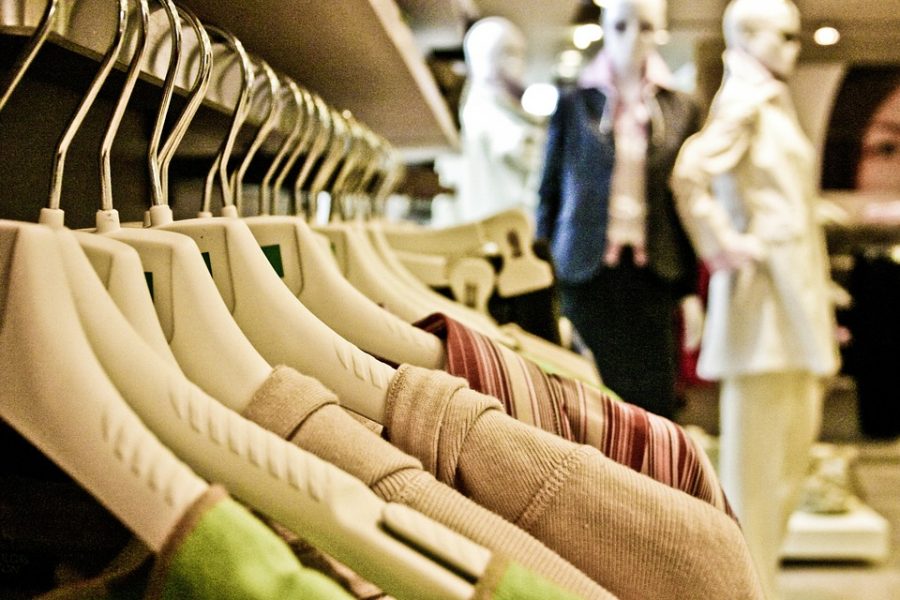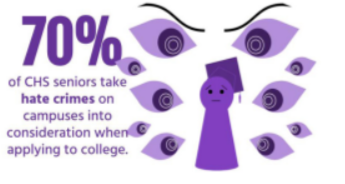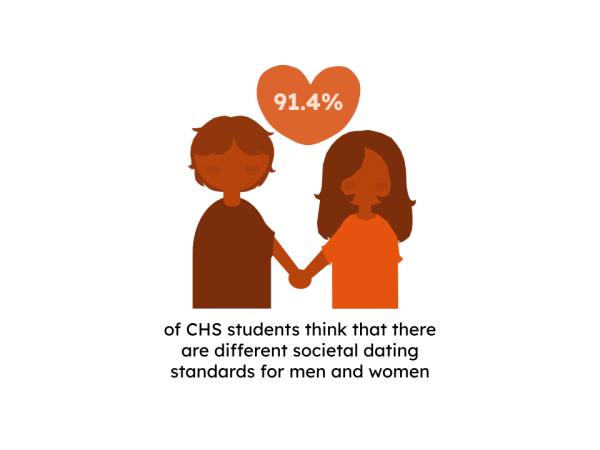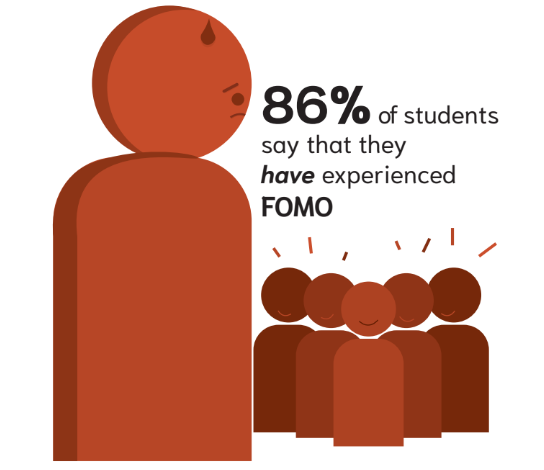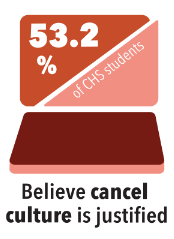The state of shopping
Teens are now more likely to prefer shopping online and spend more money than ever.
February 10, 2018
Over the past few decades, consumer culture in America continues to change greatly, especially among teenagers. Teens are now more likely to prefer shopping online and spend more money than ever.
A study conducted by Pew Research Center in December 2016 found approximately eight in every 10 Americans shop online. This is a big leap from the company’s first survey about online shopping in 2000, where only 22 percent of Americans reported making an online purchase.
The preference of online shopping over in-store is increasing even more in teens, according to a survey from Business Insider. In the past five years, the number of teens that prefer online shopping grew seven percent.
However, this number is still small. Only 17 percent reported online shopping as their preference.
Sophomore Sawyer Barth of West Long Branch prefers in-store shopping.
“Stores are better because I can actually try on the stuff,” Barth said. “There may be something that looks cool on the shelf but doesn’t particularly fit well on me, which I can’t figure out online.”
Junior Greer Shanley of Fair Haven agrees.
“I go to actual stores more often,” Shanley said. “It’s difficult for me to buy clothes online, for the sole reason that I don’t know how it will fit because of my height.”
In September 2017, a study by Statistics Brain found over $264 billion was spent by or for teens, thus establishing teens a crucial part of the consumer market. According to the same study, 79 percent of teenage girls identified shopping as one of their hobbies and activities.
Junior Mia Gallo of Aberdeen supports these statistics.
“Unfortunately I am a self diagnosed ‘shopaholic’ so I’m always spending,” said Gallo. “Whether it’s dinner with friends or something quick like Starbucks before school, I always find myself splurging on myself.”
A study by the National Retail Federation (NRF) showed that about a quarter of consumers plan to spend more money than last year, and that half of these consumers are part of Generation Z or Millennials.
However, both Shanley and Gallo hope to spend less and be more responsible with their money.
“I think that in the future, I will learn to be more responsible with what I spend my money on and how much I allow myself to spend,” Shanley said.
As consumer culture continues to develop, Forbes predicts stores will stop being strictly online or offline, meaning more and more businesses will operate as both online and in-store retailers.
Forbes writer Steve Dennis attended Shop.org, an annual conference focused on digital commerce, and surprisingly found speakers stressing in-store customer service experience and online and offline integration.
“What struck me most… was that speakers mostly ignored online shopping as a stand-alone concept,” Dennis wrote. “Instead, many emphasized the importance of brick-and-mortar stores in delivering a remarkable customer experience. Moreover, the majority of technology providers in the expo offered solutions that were very much anchored in online/offline integration…”
Consumer culture continues to change and stepping in this direction helps all teens regardless of their shopping preferences. They will be able shop for the same items in any way they prefer and spend as little or as much as they want.



